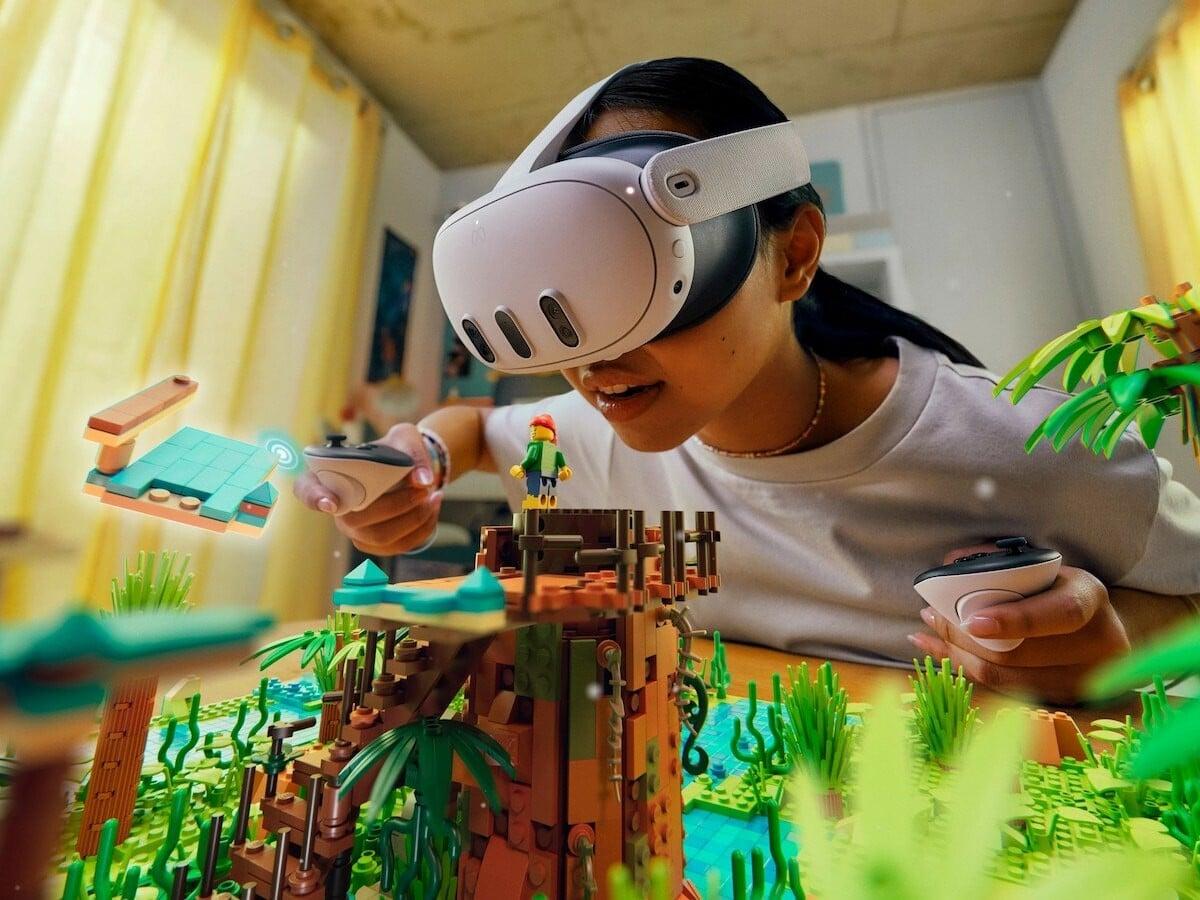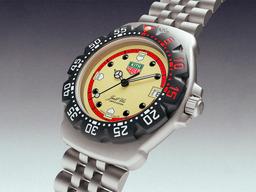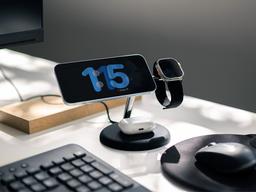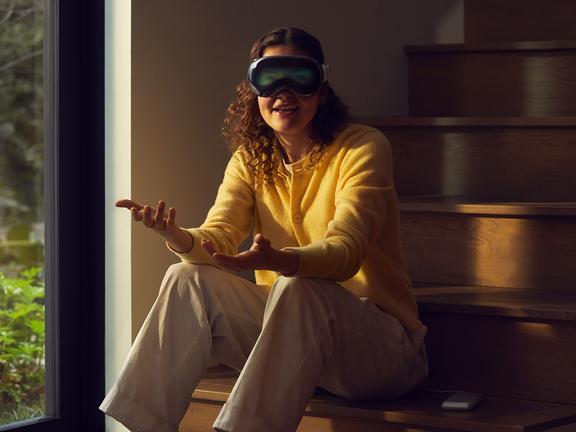Consistently touted as the next big thing, the terms metaverse, virtual reality (VR), augmented reality (AR), and extended reality (XR) have dominated tech discussions for years. With the much-anticipated launch of Apple’s Vision Pro headset earlier this year, directly competing with Meta’s established Quest line, it seemed like VR finally had its much-anticipated breakout moment.
However, even with Apple giving VR its signature polish and a ton of potential use cases beyond gaming and entertainment, VR is still yet to find its footing. Now, a new Piper Sandler survey has revealed a trend that will be concerning for Meta, Apple, Sony and other VR manufacturers: teenagers are losing interest in VR devices.
Key Takeaways
- 33 per cent of teenagers surveyed own a VR device of some sort
- 56 per cent of respondents rarely use their device, up from 48 per cent just two years ago
- Respondents expect to spend USD$225 (or around AUD$350) on video games in the first half of this year alone
- High cost and lack of clear use cases are behind the slow VR adoption rate
- Meta sold over 20 million Quest headsets
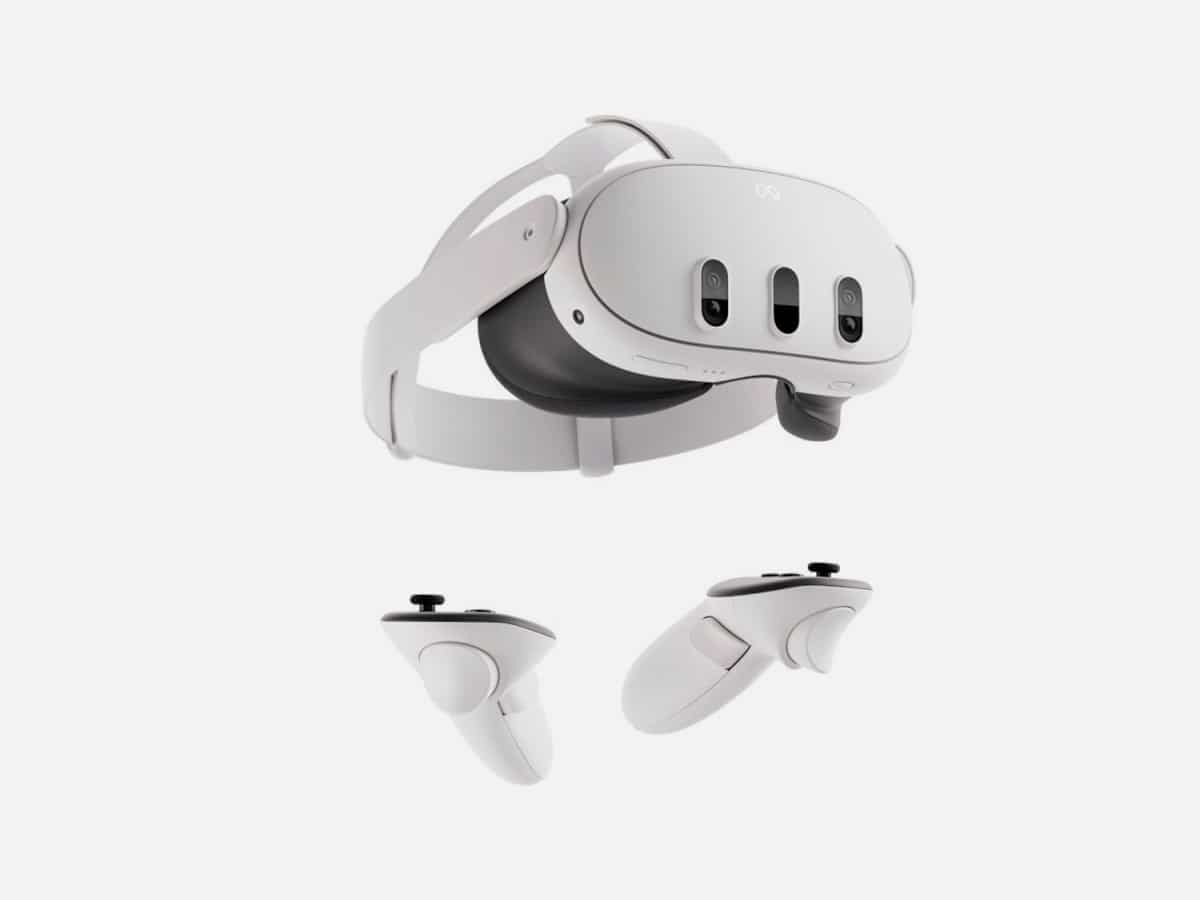
Slow VR Adoption
Since their inception, VR headsets have been targeted as niche gaming accessories for young teens and early Gen Z adopters but it seems even this niche market is shrinking. According to Piper Sandler’s semi-annual report, out of the surveyed 6,020 US teens with an average age of 16, 33 per cent owned a VR device of some sort. However, a massive 56 per cent of them revealed that they rarely ever use it, up from 48 per cent just two years ago.
Interestingly, the report also found that these teens expect to spend USD$225 (or around AUD$350) on video games in the first half of this year alone. While tech giants like Apple, Meta, and others have been trying to make VR a mainstream technology, hoping users will sink hours and cash into it, just like they would do on their phones or consoles, VR adoption hasn’t yet reached that level.
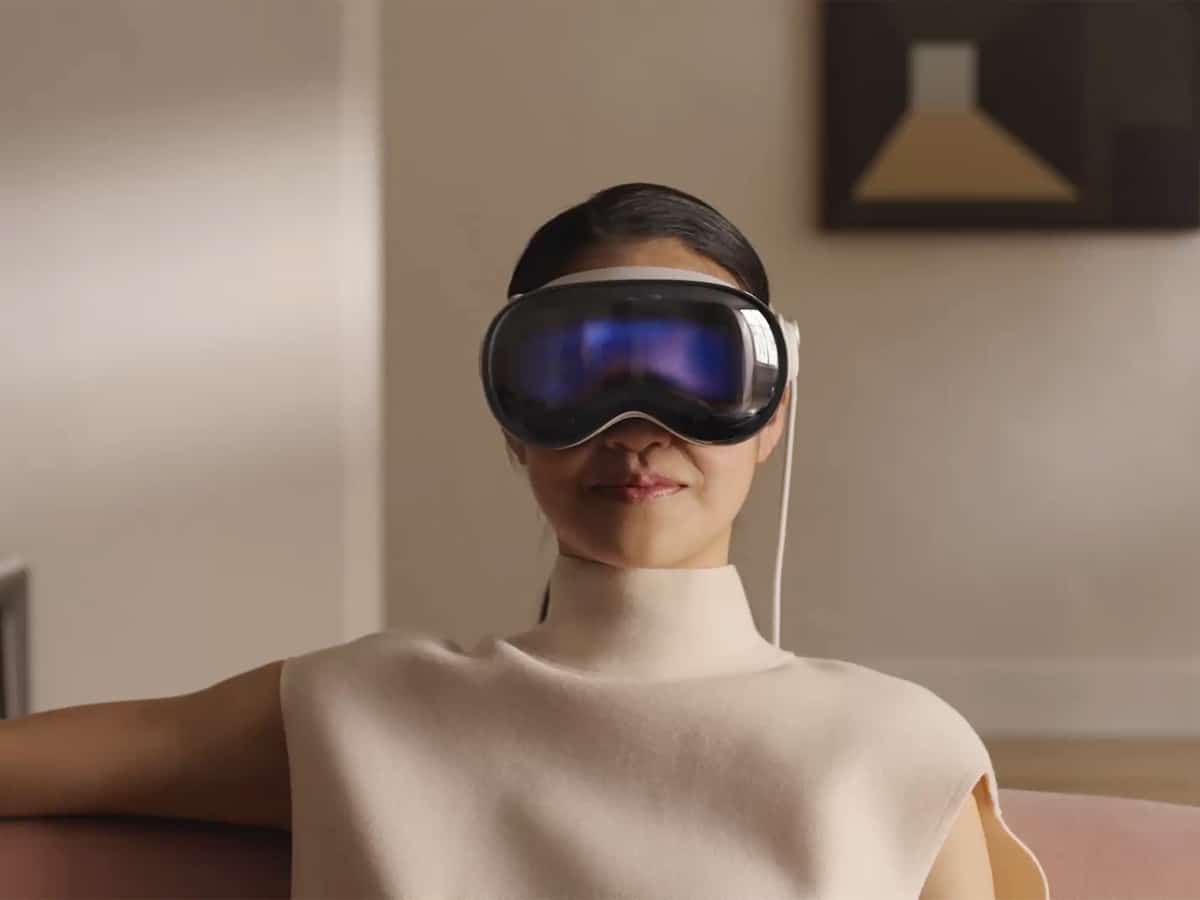
Causes
As the report outlines, the high cost and lack of clear use cases are behind the slow VR adoption rate, however, there are other factors impacting viability. A lack of engaging experiences that truly tap into what the tech can do has undoubtedly hindered growth. While some excellent VR content exists, there just isn’t a regular stream of new games or content coming out to keep people interested in VR for the long term. The rather clunky headsets and controls also remain another major roadblock, alongside persistent eye strain and discomfort during extended wear. Furthermore, the premium price tag, along with pretty limiting software, only adds to the overall problem.
Cybersickness
According to Thomas Stoffregen, a kinesiologist at the University of Minnesota, anywhere from 40 per cent to 70 per cent of VR users experience VR motion sickness after only 15 minutes, a phenomenon known as ‘cybersickness’.
“With contemporary commercially available VR systems, the incidence of motion sickness after only 15 minutes is anywhere from 40 to 70 per cent,” Stoffregen told Inside Science. “The existing interactive technologies are sexist in their effects. That is to say, they are more likely to make women sick than men. But this is not limited to technology — in general, women are more susceptible to motion sickness than men, anytime, anywhere.”
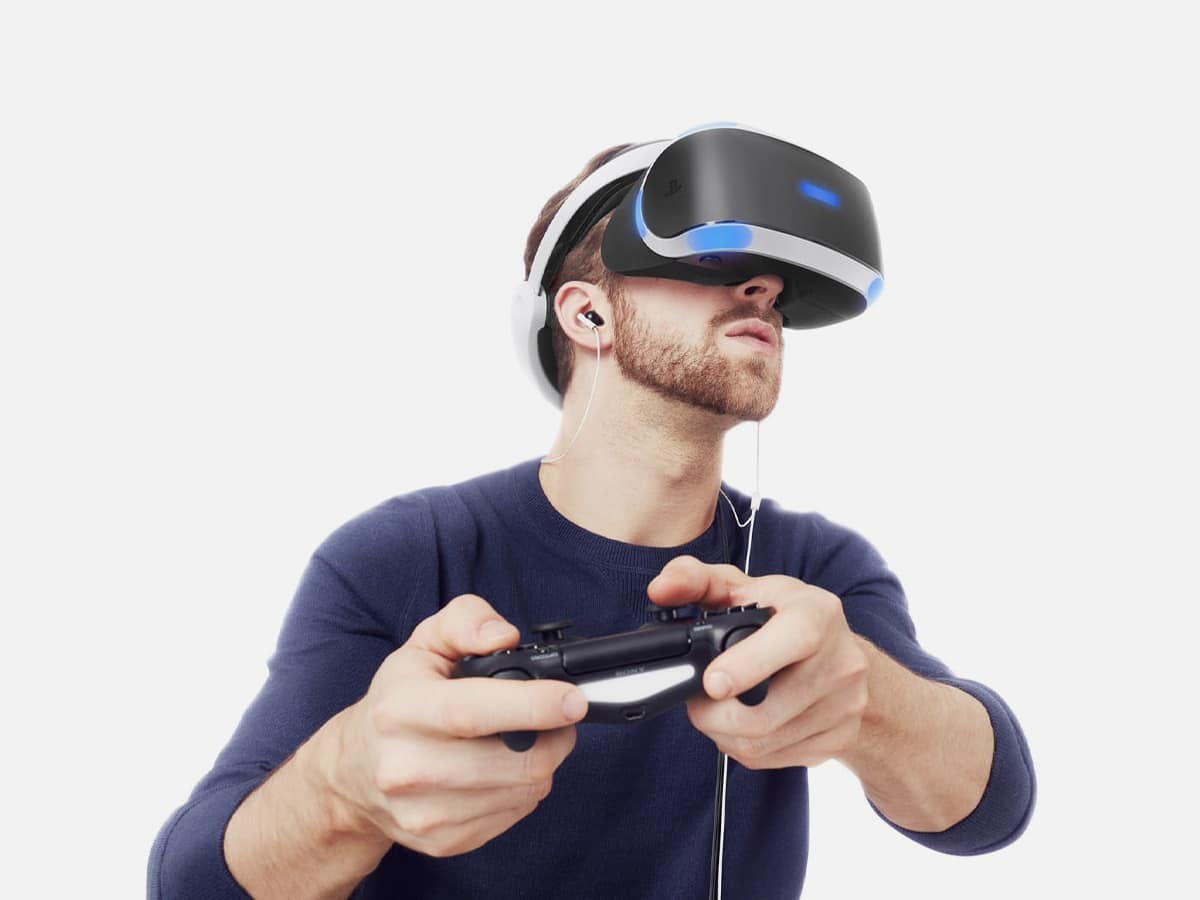
The Tech Divide
While headsets like the HTC Vive XR Elite have become sleeker and more portable, they’re still several years and many iterations away from fitting easily in our pockets like regular glasses. However, despite the slowdown in the VR space, the tech is rapidly evolving. Companies are pouring big money into research and development and working on applications beyond gaming and entertainment that can fundamentally change how we learn, work, and interact with the world around us.


